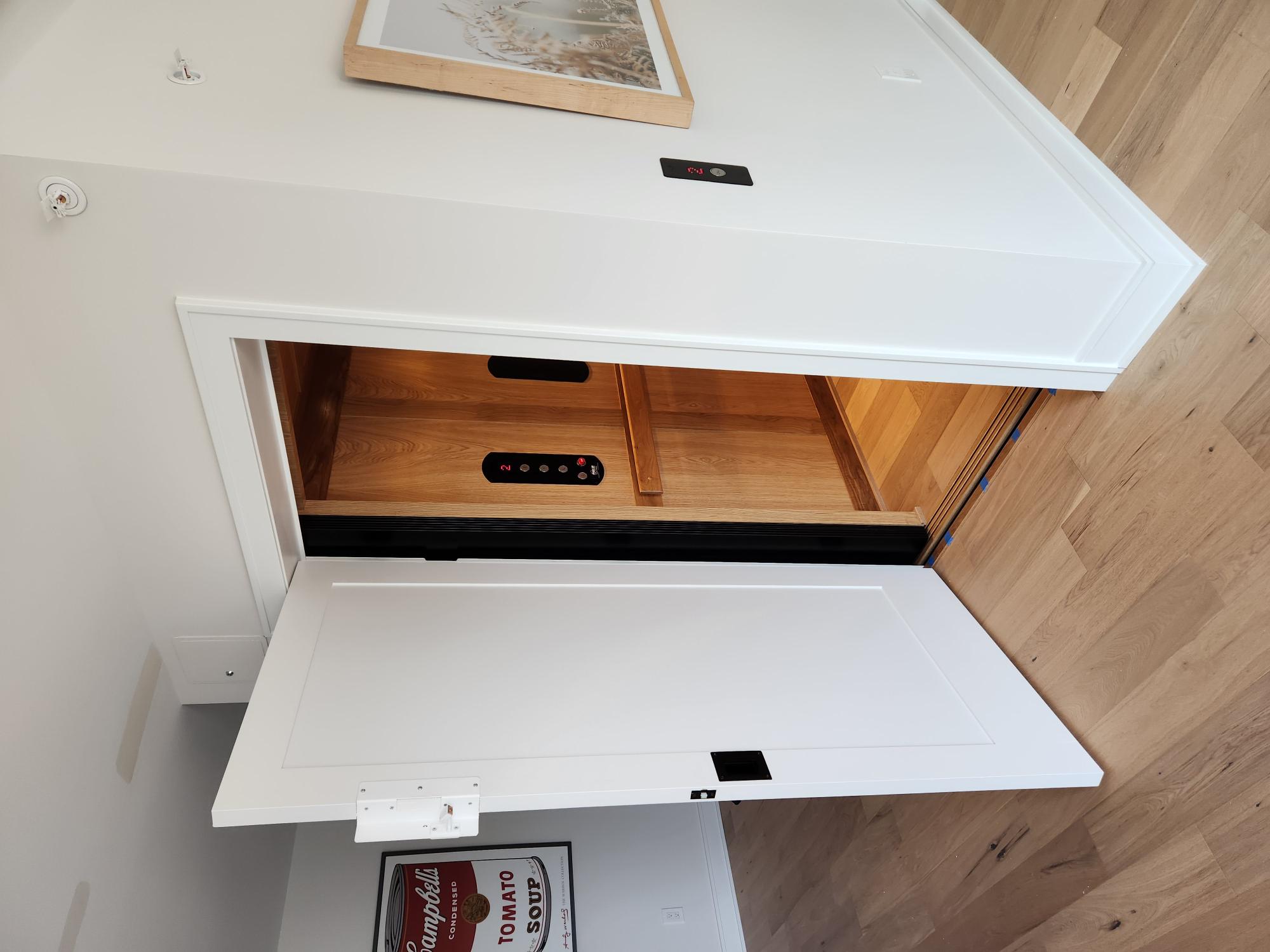Budget Friendly Lift Repair Near Me: Expert Professionals at Your Service
Budget Friendly Lift Repair Near Me: Expert Professionals at Your Service
Blog Article
Exploring the World of Lifts: Typical Issues Encountered by Different Lift Mechanisms
As we navigate with the upright transportation systems of modern structures, lifts stand out as an important component of our everyday lives. From hydraulic lifts to grip systems and machine-room-less layouts, each lift type comes with its set of usual issues.
Hydraulic Elevators
Hydraulic lifts, often chosen for low-rise structures, use fluid stress to regulate the movement of the elevator auto (lift repair companies). This mechanism includes a hydraulic pump pressing oil right into a cylinder, triggering the lift to move in the desired direction. While hydraulic lifts are recognized for their smooth and quiet procedure, they do feature their own set of common problems
One prevalent problem with hydraulic elevators is oil leakage. Additionally, issues with the control system, such as defective valves or a malfunctioning pump, can cause disruptions in the elevator's activity.
Routine upkeep and timely repair services are vital to make sure the smooth performance of hydraulic elevators. By dealing with these common concerns proactively, structure owners can reduce downtime and guarantee the safety and performance of their upright transportation system.
Grip Elevators
When considering vertical transport systems in buildings, another common kind other than hydraulic lifts is the grip elevator. Grip lifts operate using a system of ropes and weights that move the lift car by gripping onto the hoist ropes. This mechanism enables smoother and faster upright transport compared to hydraulic systems.
One of the common concerns faced by grip elevators is rope wear. The consistent motion of the ropes within the traction system can bring about tear and use in time, possibly triggering the lift to malfunction or become dangerous for use. Regular examinations and maintenance of the ropes are important to make certain the elevator's correct functioning and safety and security.
Another issue that grip elevators may encounter is connected to the control system. Problems with the control system can result in concerns such as unpredictable movement, hold-ups in response times, or perhaps full shutdowns. Routine screening and maintenance of the control system are vital to avoid such issues and make sure the lift's reliability.
Machine-Room-Less (MRL) Lifts

Among the essential components of MRL lifts is the small gearless traction equipment that is set up within the hoistway. This device efficiently drives the lift auto without the need for bulky tools discovered in traditional grip elevators. In addition, MRL elevators generally make use of a weight system to balance the auto, additional enhancing their power efficiency.
In spite of their benefits, MRL elevators might face difficulties connected to repair and maintenance due to the restricted room for equipment setup. Access for servicing components within the shaft can be restricted, calling for specialized training for specialists. Appropriate upkeep routines and normal evaluations are critical to ensure the continued smooth procedure of MRL lifts.
Overloading and Weight Restriction Issues
Are elevators geared up to manage excess weight lots efficiently and safely? Overwhelming and weight restriction concerns are crucial issues in elevator procedures. Lift suppliers design raises with certain weight abilities to make certain passenger safety and equipment longevity. Surpassing these weight limitations can cause numerous troubles, consisting of mechanical failings, hold-ups, and security dangers.
When elevators are strained, it places extreme stress on the motor, cables, and various other parts, potentially causing failures or breakdowns. If they identify excess weight, security systems such as sensing units and overload sensing units are in place to protect against elevators from moving. In addition, surpassing weight limits can bring about boosted energy intake and deterioration on the elevator system.
To alleviate overloading issues, developing managers ought to plainly display london lift company weight limits in lifts and educate owners on the significance of sticking to these limitations - lift repair companies. Normal maintenance checks by certified service technicians can also assist ensure that lifts are running within risk-free weight criteria. By dealing with overloading and weight restriction issues proactively, structure owners can improve lift safety and effectiveness
Electric System Failures
Exceeding weight limits in elevators can not only lead to mechanical issues but also potentially contribute to electrical system failures within the lift infrastructure. Electrical system failures are a critical issue in elevator operation, as they can cause unanticipated closures, breakdowns, or also security dangers.
Regular upkeep and evaluations are crucial to recognize and deal with possible electrical concerns immediately, ensuring the secure and efficient procedure of elevator systems. By sticking to weight lift repair near me limits and performing routine electrical system checks, building owners can mitigate the threat of electric failings in elevators.
Verdict

Hydraulic lifts, commonly chosen for low-rise structures, use fluid pressure to manage the movement of the lift automobile.When considering upright transportation systems in structures, another usual type apart from hydraulic elevators is the grip elevator. Grip elevators run using a system of ropes and weights that relocate the elevator auto by grasping onto lift companies in London the hoist ropes. Unlike traditional elevators that call for a separate equipment room to house the tools, MRL elevators integrate many of the components within the shaft, getting rid of the need for a specialized equipment space.In verdict, elevators face usual issues such as hydraulic malfunctions, grip system failures, and electrical system issues.
Report this page